In this patent application (2024-052498) Canon discusses replacing the gel filter at the back of a dual fisheye lens with something a little more robust and user-friendly.
As you may know, the Canon RF 5.2mm f/2.8 L Dual Fisheye uses a rear gel filter, but that can be problematic, and you must continually remove the lens and play around with gel filters.
Alternatively, if you don’t want to use gel filters, you can use magnetic camera filters that snap in front of the sensor, which is probably far more convenient than our gel filters from yesteryear.
This patent application though looks at improving the entire process by having the ability to rotate in and out filters. I could see this being especially useful for ND filters.
According to Canon, the purpose of this patent application is;
An object of the present invention is to provide a lens device and an imaging device in which a filter can be easily attached and removed.
Taking a snip from the patent application images, we can look at this image in detail. In this embodiment the actual filter is 302, and it appears to be electronically rotated into the lens optical path. This is a few of the rear of the dual lens fisheye lens, with part 301 being the rear lens mount assembly.
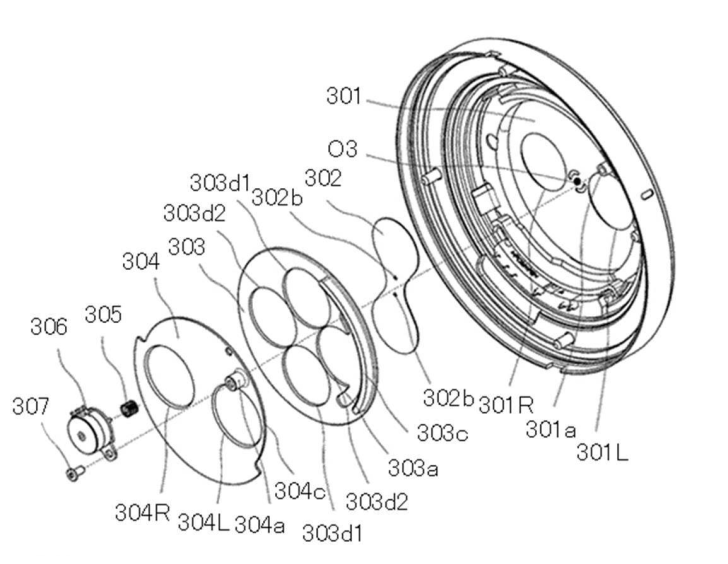
Canon goes through various rotational configurations to get the filter in and out of the optical path.
However, I guess one notable point is that this all seems to be VERY internal to the lens – so you may have a choice of a 2-stop ND filter and call it good. There seems to be no ability to swap out the filter with another one of your choosing.
As with all patent applications, this just gives us some clues into Canon’s ongoing research and may or may not end up in an actual product. Canon does go through a significant amount of detail so they have certainly thought a lot about this.
Source: Japan Patent Application 2024-052498
|
When you purchase through links on our site, we may earn an affiliate commission. Here's how it works. |



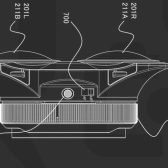
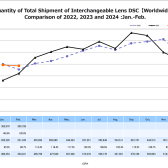
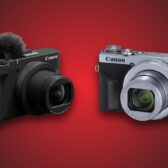
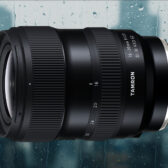
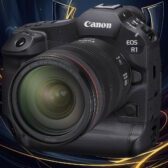
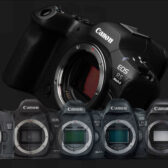
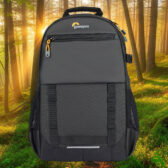
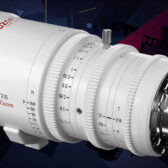

They have been around for a long time.
Granted lenses would need to be a lot larger.
This solution might be better but drop-in filters seems like an easier solution.
Of course, the easiest solution would be to make new EF lenses again and those us who care would just use EF to RF adapters.
CPL with wide angle that includes the sky during the day is problematic... with the sky hard to avoid with this lens if recording outdoors.